State
Tribe Name
short description
Warli houses are constructed using organic materials that align with sustainable practices. Core materials include bamboo, paddy straw, mud, cow dung, Karvi, and wood, which are renewable, reusable, and recyclable. This eco-conscious approach avoids non-renewable resources, reducing environmental impact. Wood is carefully selected from mature trees, like teak and Acacia catechu, and is seasoned with salt to improve durability. The use of natural materials not only conserves resources but also fosters a symbiotic relationship with nature, which is central to the Warli tribe’s ethos.
Thumbnail

Filter Postion
Left
Filter Background
Off
Theme
Filter Header Image
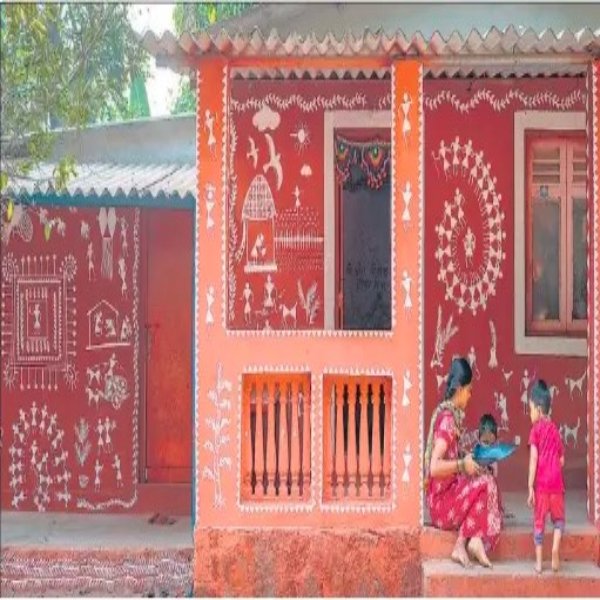
content
Image
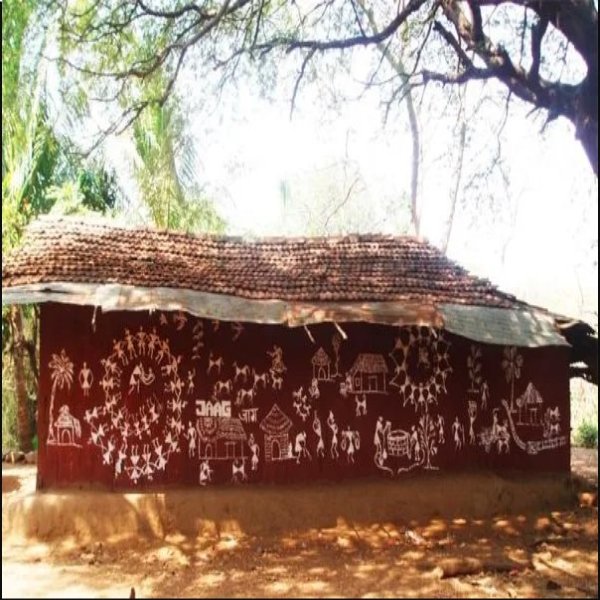
description
Warli houses are constructed using organic materials that align with sustainable practices. Core materials include bamboo, paddy straw, mud, cow dung, Karvi, and wood, which are renewable, reusable, and recyclable. This eco-conscious approach avoids non-renewable resources, reducing environmental impact. Wood is carefully selected from mature trees, like teak and Acacia catechu, and is seasoned with salt to improve durability. The use of natural materials not only conserves resources but also fosters a symbiotic relationship with nature, which is central to the Warli tribe’s ethos.
Image Mode
landscape
Image
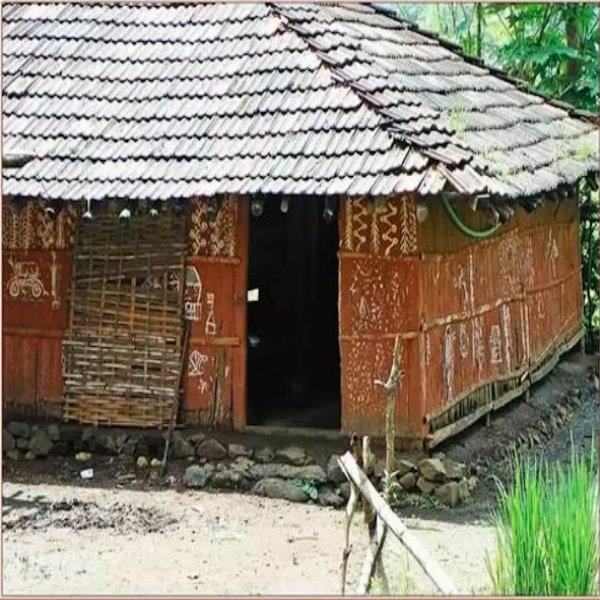
description
Warli house architecture is designed to adapt to the local climate, with mud-plastered walls and thatch roofs that maintain a comfortable interior temperature. Lightweight structures enable heat dissipation and encourage air circulation, keeping the houses cool in summer and providing resilience against heavy monsoons. Bamboo and Karvi materials offer insulation and adaptability, while the cow dung-plastered floors are durable and help regulate temperature. This thoughtful design demonstrates the Warli people’s knowledge of environmental adaptability and their respect for natural balance.
Image Mode
landscape
Image
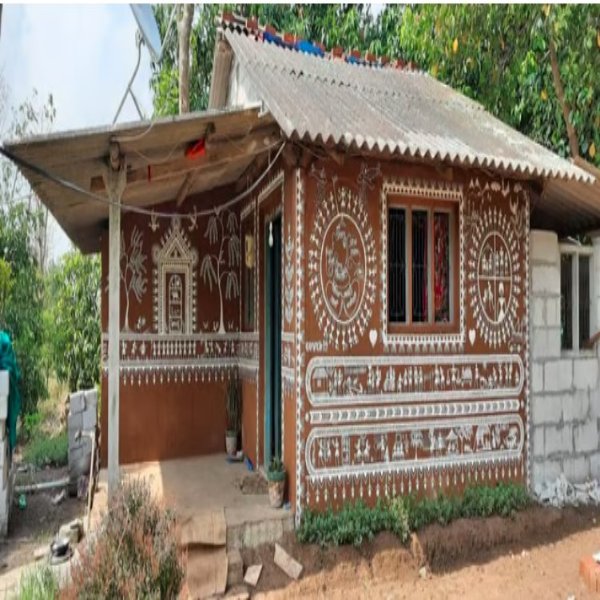
description
Warli houses are transformed into storytelling canvases through intricate Warli paintings on the walls. Using rice paste and natural adhesives, artists depict daily life, cultural rituals, and natural elements. These paintings, often created with bamboo sticks, are characterized by geometric shapes and symbolic motifs that carry deep cultural meaning. Warli art is not only an aesthetic expression but also a preservation of tribal heritage, offering insight into the tribe’s lifestyle, values, and connections to nature and community.
Image Mode
landscape
Image
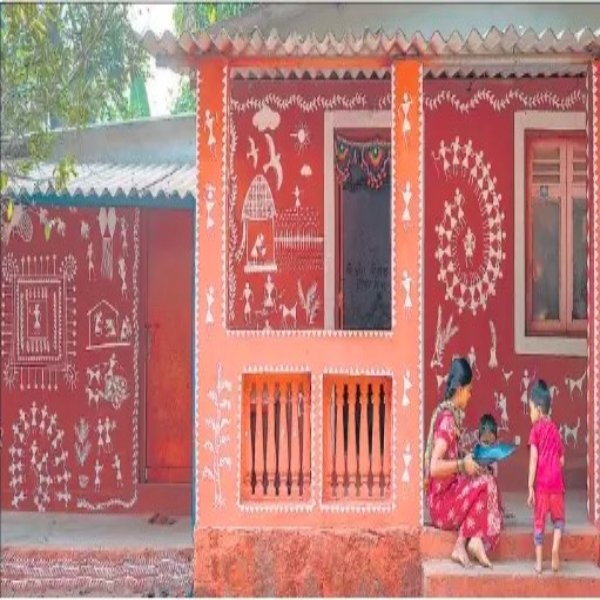
description
The Warli house reflects the Warli tribe's commitment to sustainable living and cultural identity. Each material, such as Karvi and bamboo, is locally sourced, reducing environmental impact and promoting resource conservation. The structure serves as more than a shelter; it is an artistic and symbolic space where tradition meets functionality. Through their architecture, the Warli tribe showcases a deep respect for the environment and emphasizes self-sufficiency. This style embodies the cultural heritage and values passed down through generations.
Image Mode
landscape
Image
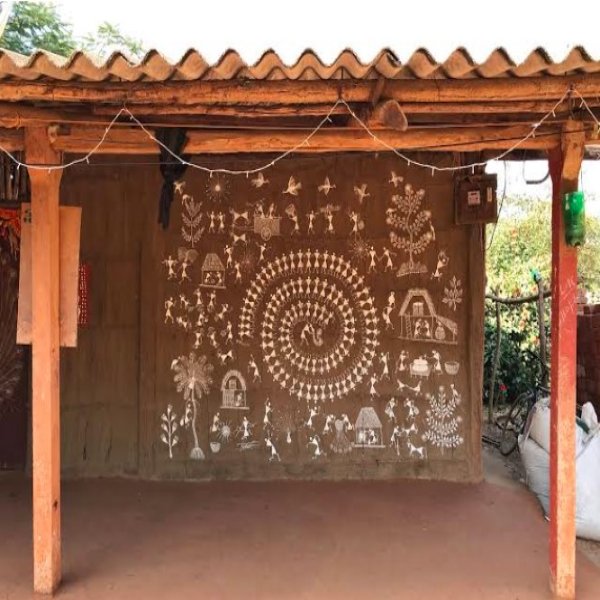
description
Warli houses exhibit a remarkable integration of nature with functional design elements that meet practical needs while honoring aesthetic values. The use of locally available materials such as bamboo and mud reflects resourcefulness. Walls adorned with Warli paintings add cultural depth to the architecture, creating a unique blend of art and utility. The Warli house is a tribute to the tribe's ingenuity and ecological mindfulness, serving as a timeless symbol of their heritage and resilience.
Image Mode
landscape
promoted
On
Verified
On
